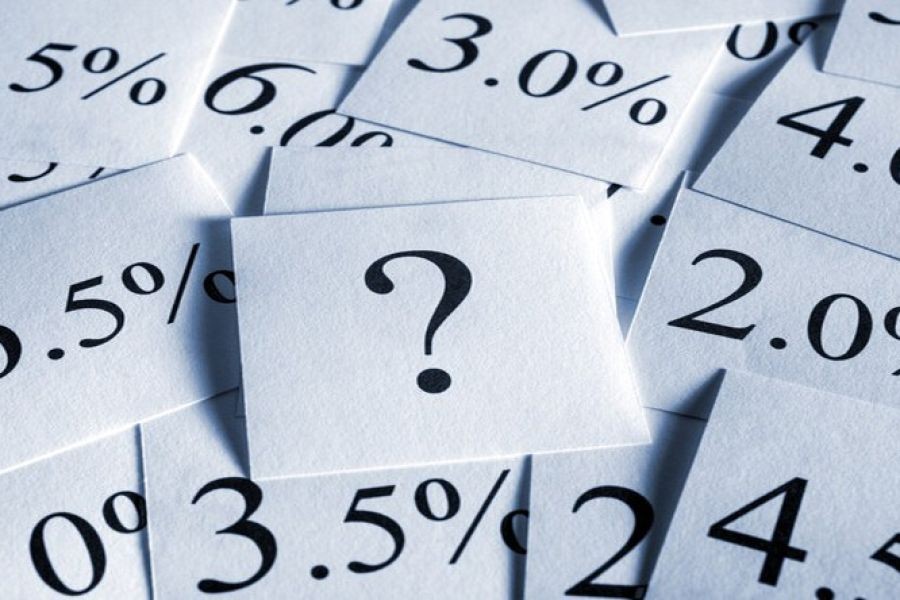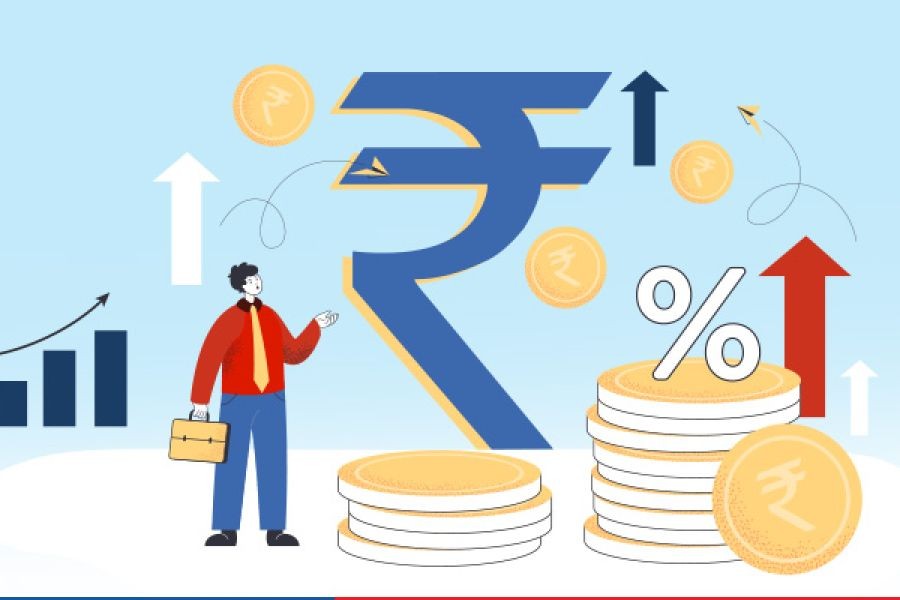Choosing between fixed and variable interest rates for a home loan is a pivotal decision for any prospective homeowner. In Australia, where the property market is as dynamic as it is diverse, this choice can have profound financial implications. With recent economic shifts and policy adjustments, understanding the nuances of each option is more crucial than ever.
Understanding Fixed and Variable Interest Rates
Fixed interest rates offer predictability, allowing borrowers to lock in a set rate for a designated period, typically between one to five years in Australia. This provides stability in monthly repayments, safeguarding against potential rate hikes. Conversely, variable rates fluctuate with the market, often influenced by changes in the Reserve Bank of Australia’s (RBA) cash rate. While variable rates offer the potential for lower repayments if interest rates fall, they also carry the risk of increases.
Australia's Economic Landscape and Interest Rates
The Australian economy, recently marked by a post-pandemic recovery, has seen shifts in monetary policy. The RBA has played a significant role, adjusting the cash rate to manage inflation and foster economic stability. According to the RBA, the cash rate was maintained at a historic low of 0.10% for much of 2021, sparking a surge in housing demand. However, recent policy shifts have seen incremental rises, influencing both fixed and variable mortgage rates.
Pros and Cons of Fixed and Variable Rates
Pros of Fixed Rates:
- Predictability: Fixed rates provide certainty in budgeting, crucial for long-term financial planning.
- Protection Against Increases: Safeguards borrowers from potential rate hikes during the fixed period.
- Stability: Ideal for those seeking financial stability and risk aversion.
Cons of Fixed Rates:
- Limited Flexibility: Often come with penalties for early repayment or switching loans.
- Potentially Higher Initial Rates: Fixed rates can start higher than variable rates in certain market conditions.
Pros of Variable Rates:
- Potential Cost Savings: Can benefit from rate cuts, reducing monthly repayments.
- Flexibility: Typically offer more flexible repayment options and fewer penalties.
Cons of Variable Rates:
- Uncertainty: Monthly repayments can fluctuate, complicating budgeting.
- Exposure to Rate Hikes: Increases in the RBA cash rate can lead to higher repayments.
Case Study: Navigating the Interest Rate Decision
Case Study: Sarah’s First Home Purchase in Sydney
Problem: Sarah, a pharmaceutical analyst in Sydney, faced the dilemma of choosing between a fixed or variable rate for her first home loan. With a volatile market and the RBA signaling potential rate increases, the decision was critical for her financial planning.
Action: After consulting with financial advisors and considering her risk tolerance, Sarah opted for a split loan—part fixed, part variable. This strategy allowed her to benefit from the stability of fixed rates while also taking advantage of potential savings from a variable rate.
Result: Over two years, Sarah experienced the benefits of both worlds. When variable rates fell, she enjoyed reduced repayments. Simultaneously, the fixed portion provided stability against rising rates, safeguarding her budget.
Takeaway: A hybrid approach can offer balance, combining the predictability of fixed rates with the flexibility of variable rates, particularly in uncertain economic climates.
Common Myths About Interest Rates
Myth: Fixed rates are always higher than variable rates.
Reality: While fixed rates may initially seem higher, they can be more economical during periods of rising interest rates.
Myth: Variable rates are too risky for first-time buyers.
Reality: With proper financial planning and risk assessment, variable rates can offer significant savings.
Myth: It's better to wait for rates to drop before buying a home.
Reality: Timing the market is challenging; focusing on affordability and long-term goals is more beneficial.
Biggest Mistakes to Avoid
- Ignoring Market Trends: Failing to consider RBA forecasts and economic indicators can lead to uninformed decisions.
- Overcommitting Financially: Choosing a loan with repayments that strain finances, especially under variable rates, can be risky.
- Not Considering Split Loans: Overlooking the benefits of a hybrid loan structure can mean missing out on optimal financial strategy.
Future Trends and Predictions
Looking ahead, the Australian home loan market is likely to see continued interest rate fluctuations as the RBA adjusts its policies to manage inflation and economic growth. Experts predict that by 2026, a balanced approach, incorporating both fixed and variable elements, will become increasingly popular as borrowers seek to mitigate risk while capitalizing on market opportunities.
Conclusion
Deciding between fixed and variable interest rates is a nuanced process that demands careful consideration of economic conditions, personal financial goals, and risk tolerance. For Australian homebuyers, staying informed about market trends and potential RBA policy shifts is crucial. By understanding the pros and cons of each option and considering hybrid solutions, borrowers can make informed decisions that align with their long-term financial stability.
What’s your take on the fixed vs. variable rate debate? Share your insights below!
People Also Ask (FAQ)
- How do fixed and variable interest rates impact Australian homebuyers? Fixed rates offer budgeting certainty, while variable rates provide potential savings from rate cuts, impacting financial planning and stability.
- What are the biggest misconceptions about choosing interest rates? A common myth is that fixed rates are always higher, but they can be more economical during rate hikes, offering stability amidst market volatility.
- What upcoming changes could affect Australian home loans? By 2026, RBA policy shifts may influence interest rates, making a balanced loan strategy increasingly strategic for borrowers.
Related Search Queries
- Fixed vs. variable interest rates Australia
- Home loan trends Australia 2024
- RBA interest rate forecast
- Split loans in Australia
- Best interest rate strategy for first-time homebuyers
- Impact of RBA rate changes on mortgages
- Economic factors affecting home loans in Australia
- Pros and cons of fixed vs. variable loans
- Hybrid mortgage options in Australia
- Future of Australian housing market































springtrap plush1
6 months ago